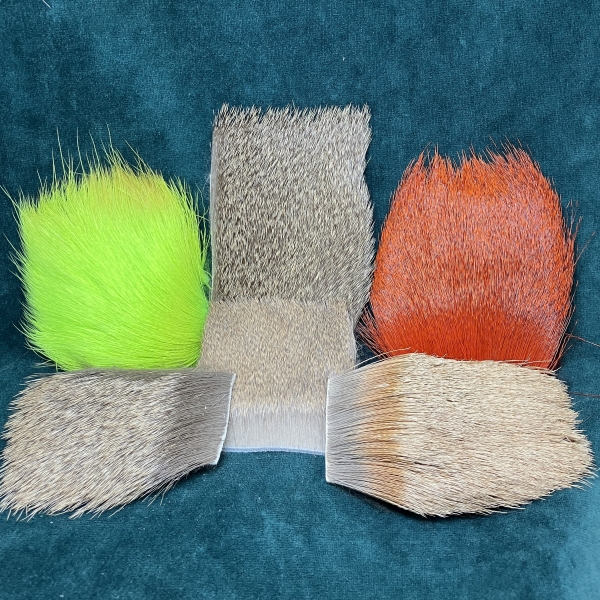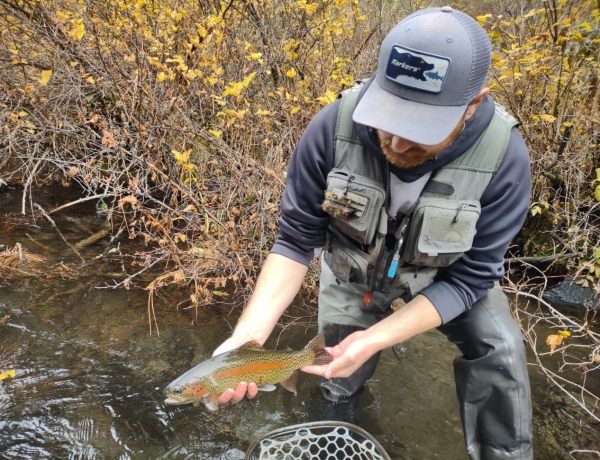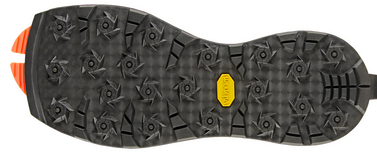When we talk to customers looking for a new fly line, we always ask them what type of rod the line is going on. Often, their answer involves the line weight, and nothing more. Though line weight is a great starting point for choosing the right line, a few more factors need to be considered in order to best match your line to your rod.
At the shop, we sell multiple different five weight floating lines. Although they all may be the same line weight, they don’t actually all weigh the same. Fly lines within the same line weight are often built a little heavier or lighter, and with different types of heads and tapers, to better suit a variety of rods and uses. In this article, we break down some of those instances and how to find the best type of fly line for your rods.
Action
When looking for a new fly line, we recommend that you bring in the rod you’d like to set the line up with. If we’re familiar with the brand and their products, we can determine the best line for your rod without having it in front of us. If not, we’ll have to set it up and give it a wiggle. When we do, we’re looking for the rod’s action.
The action of a fly rod has to do with how it bends and recovers from movement, and is ranked on a scale between fast and slow. Fast action rods flex at the tip, and are stiff through the mid and butt section. Slow action rods flex over most of the blank, and bend deeper when under load.
For rods to correctly cast a fly line, they need to bend enough to load. For slower action rods that require less force to bend them, this is accomplished easily. For stiffer action rods, specialty lines are required. These half to three-quarter oversized lines have the needed grain weight to flex faster blanks during a cast, allowing you to unlock the full potential of your rods. You’ll find that you’re able to cast further and more accurately, as well as perform better in windy conditions, than you would with a line that’s too light (even if it’s the right line weight). For slower action rods, you’ll want to go with a line that’s true to its actual line weight. Overlining a slow rod will hurt your ability to cast far and deliver the delicate presentations many of these rods are designed for.
Uses
The variety in modern fly lines is also helpful for getting specific with the style of fishing you’re doing. You can match lines of different tapers and head lengths to your rods to up your game for certain fishing instances. For example, someone looking to fish larger sculpin patterns for trout might have a fast 6 weight rod- a go to rod size for that technique. A standard 6 weight line is technically the correct line weight for the rod, but going to a three-quarter sized 6 weight line will help you throw those big streamers further and with greater ease. Streamer specific lines are also built with a more compact shooting style heads, allowing you to turn over larger flies with less back casting. For precise dry fly presentations, a true to line weight fly line with a longer head would be a better bet.
Matching a standard weight line to your rod is always a safe bet, but you’re doing yourself a disservice if you don’t consider the type of rod you have and what you’re using it for. Taking a little extra time to ask yourself these questions will get your rig to a level of higher performance, and you’ll certainly feel the difference as well. Whether you’re delivering dries on 7x, chucking 10 inch long streamers, or roll casting double fly indicator rigs, there are lines that have you covered. Got any questions? Come swing by the shop, and we’re more than happy to answer any line to rod matching questions.


